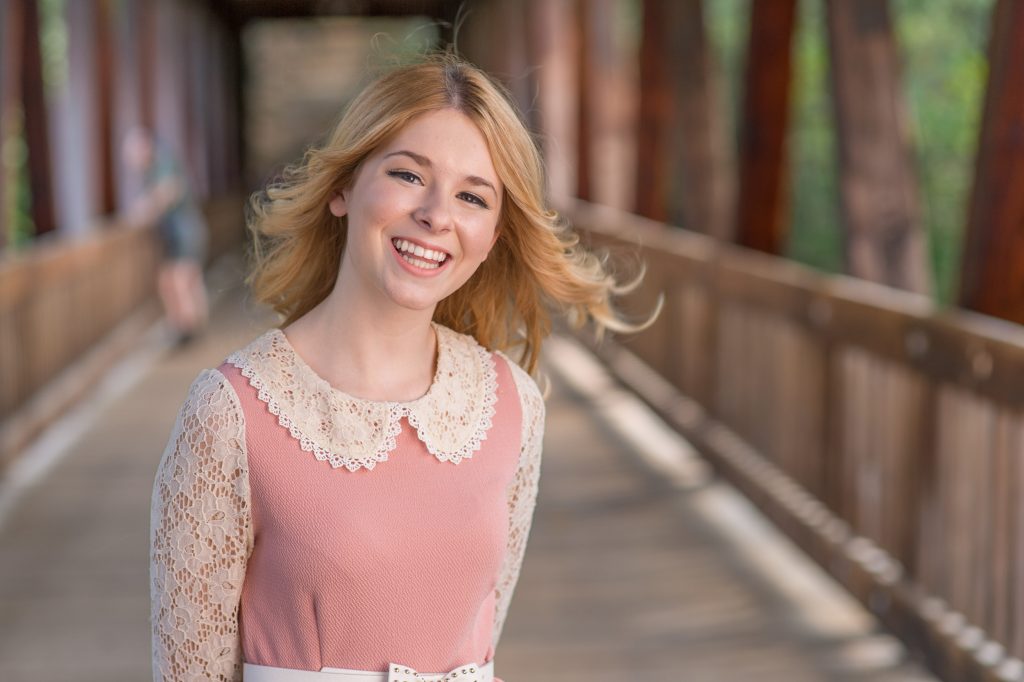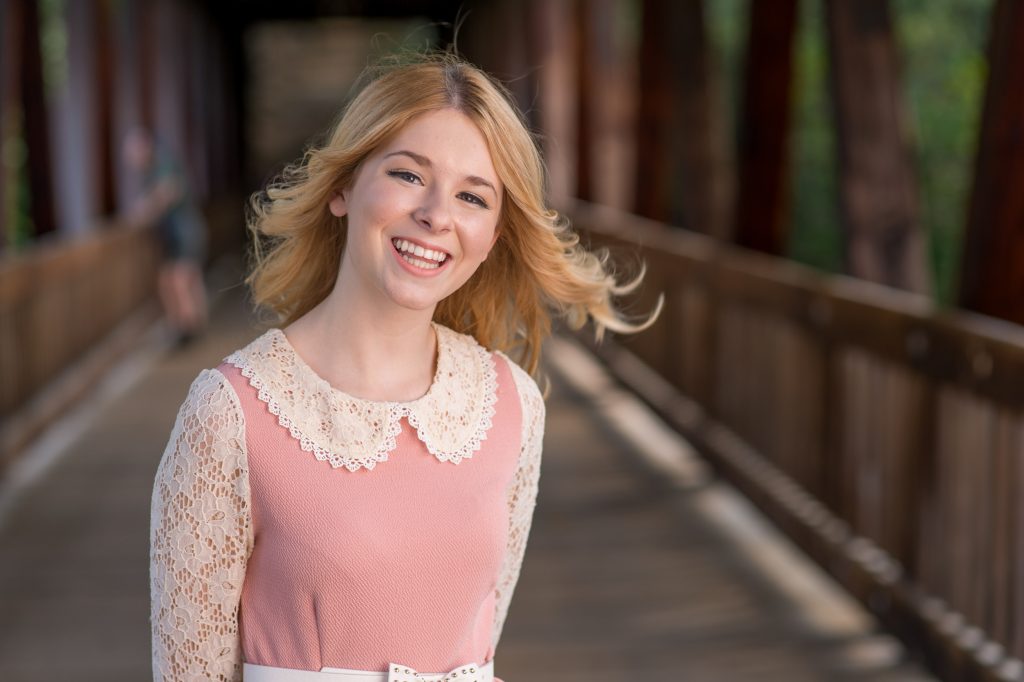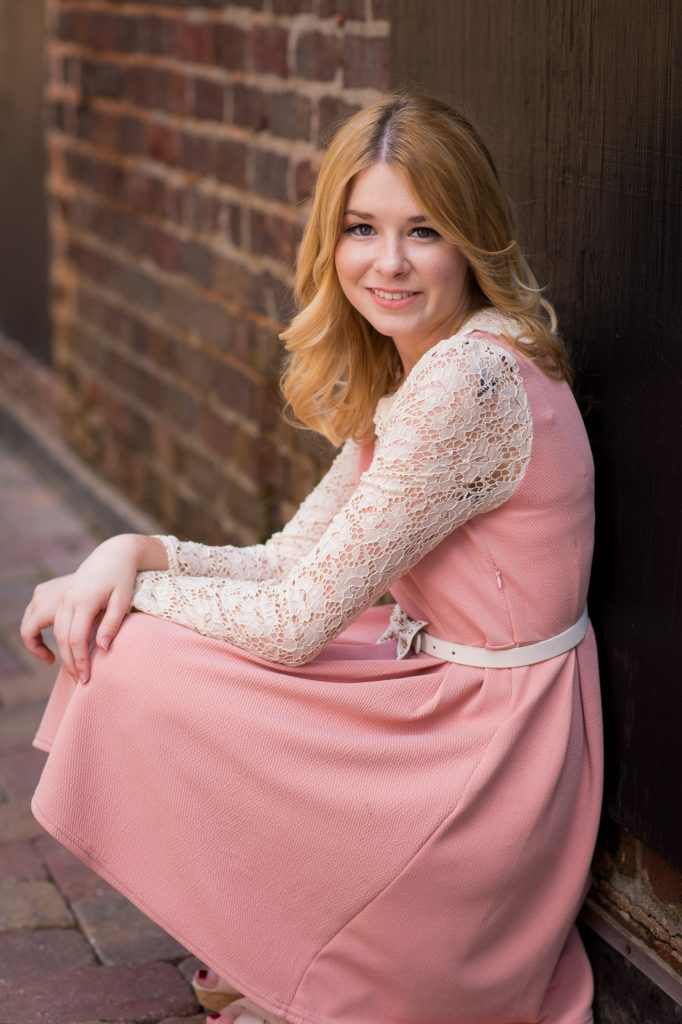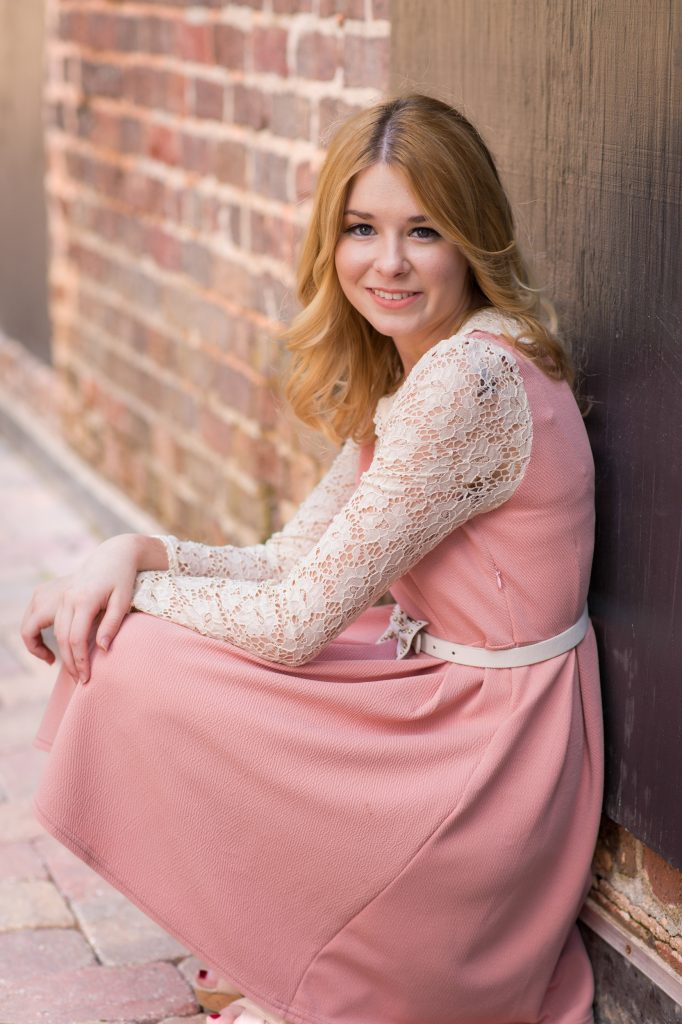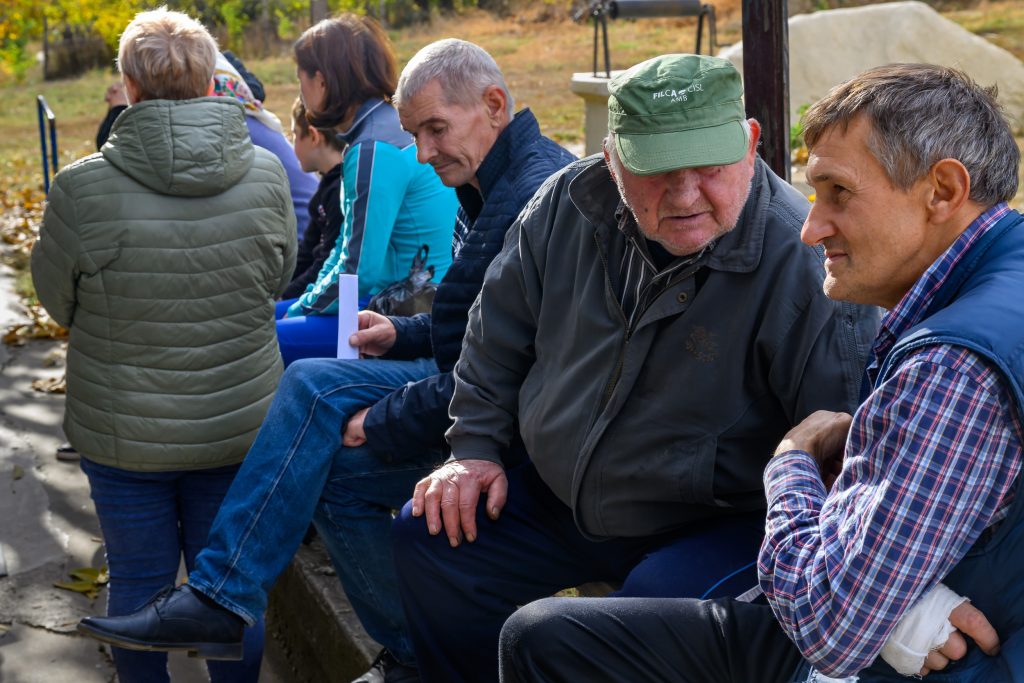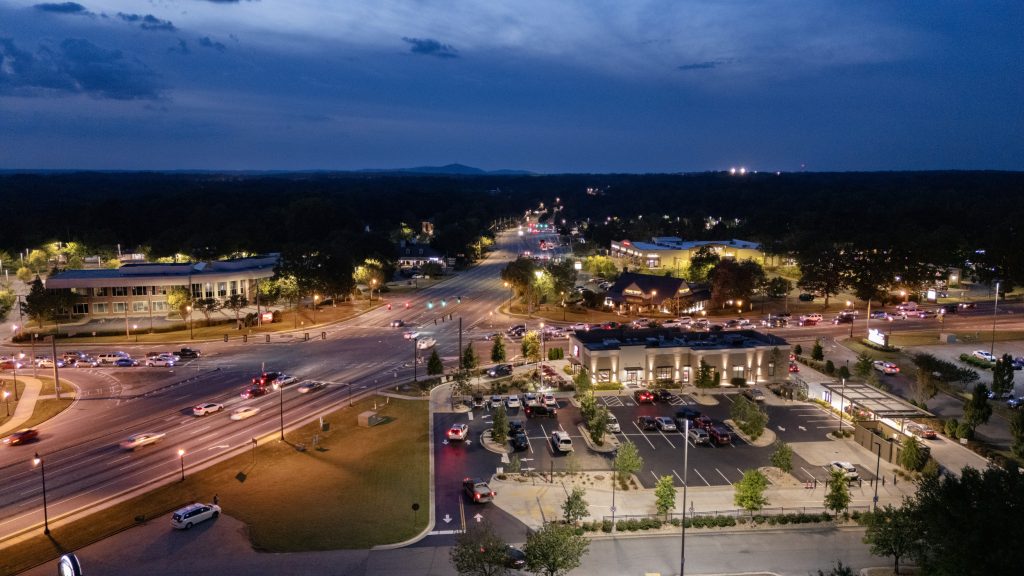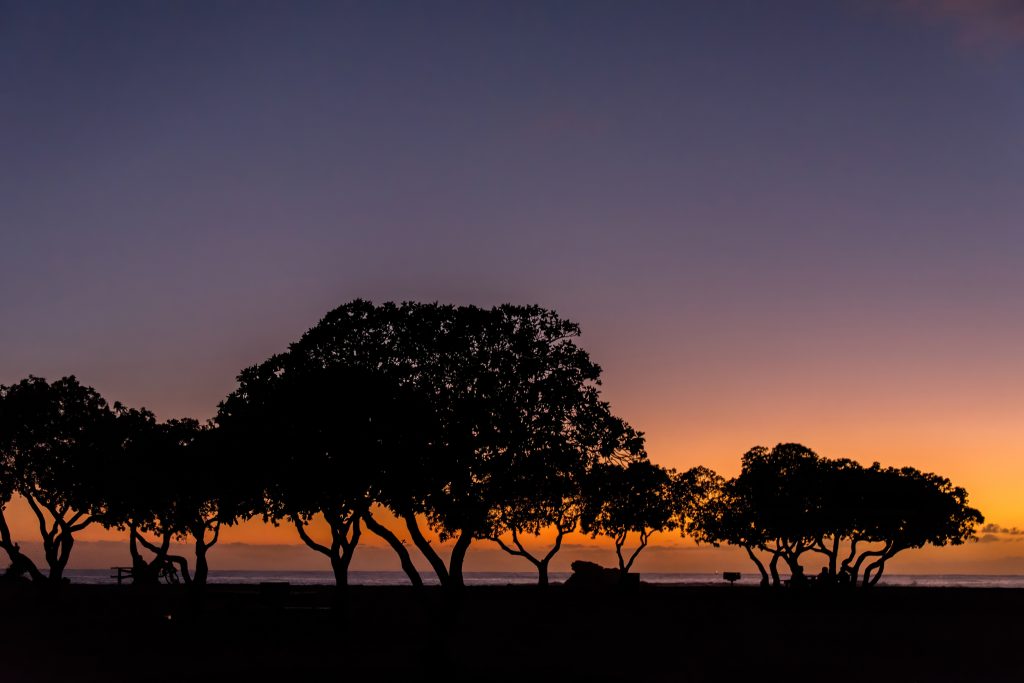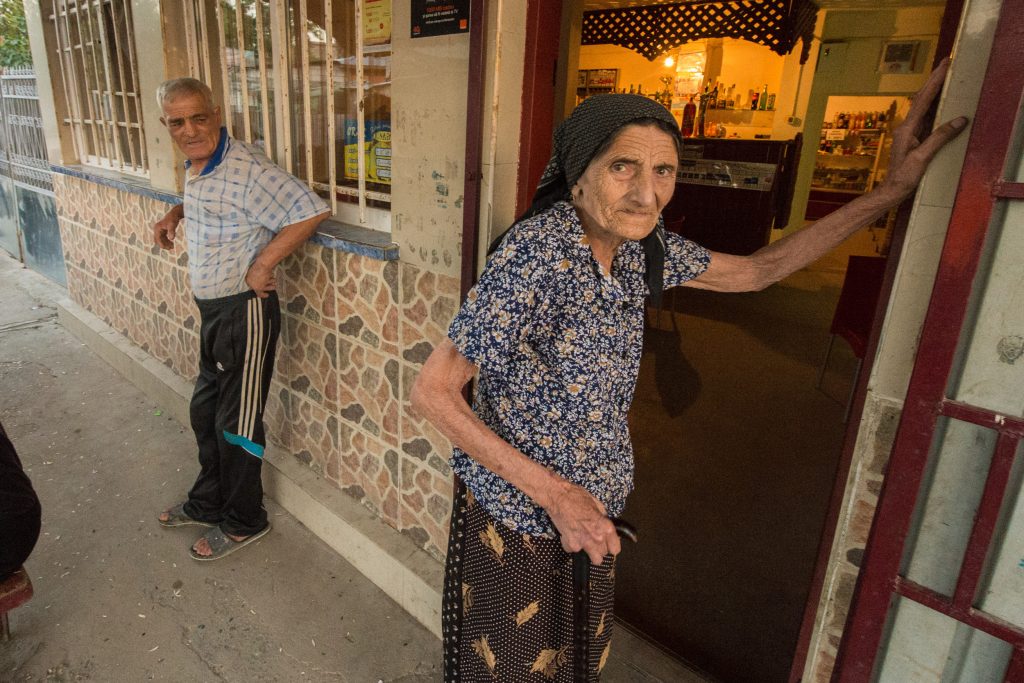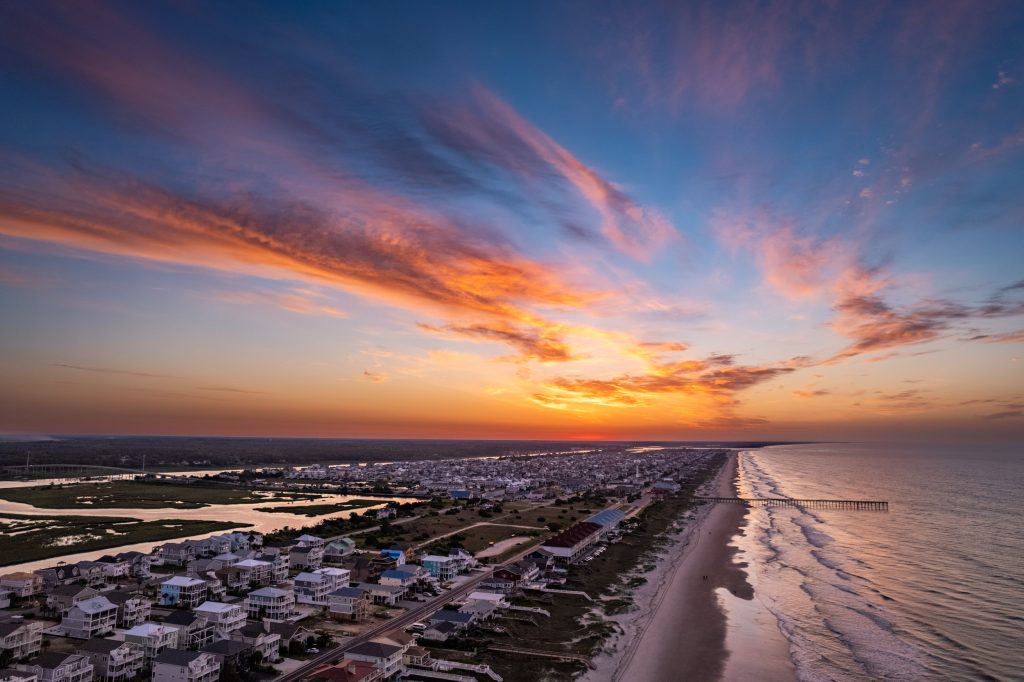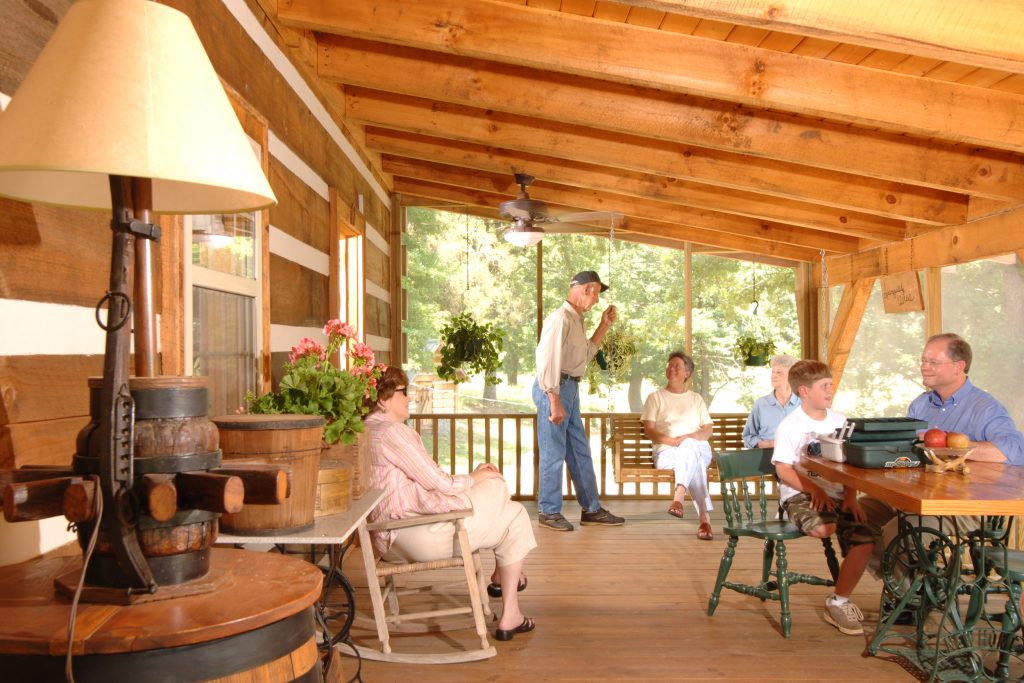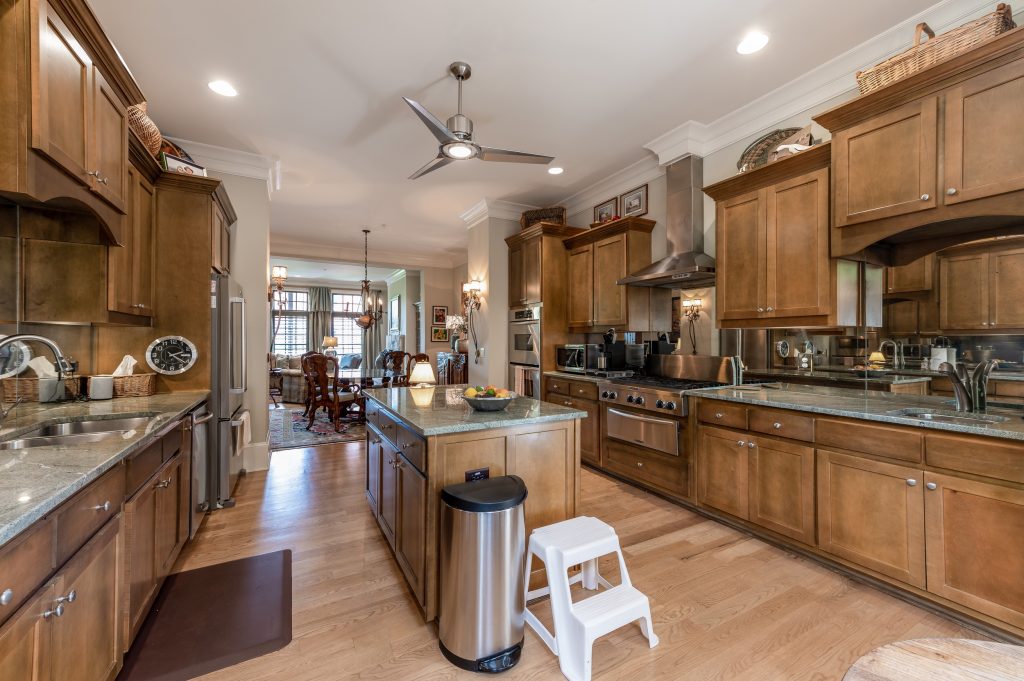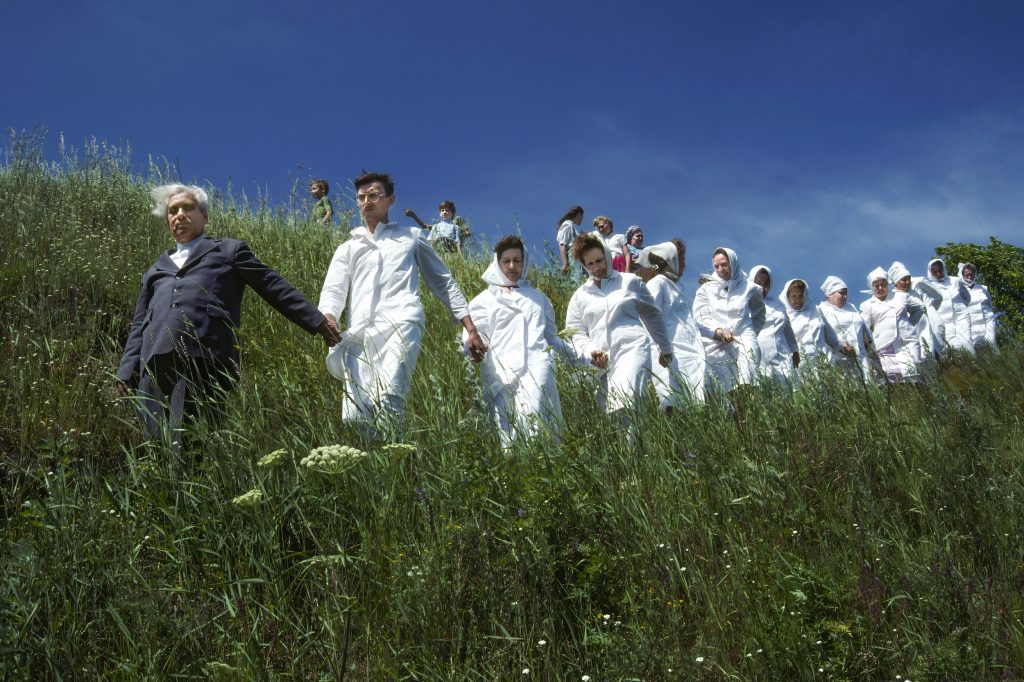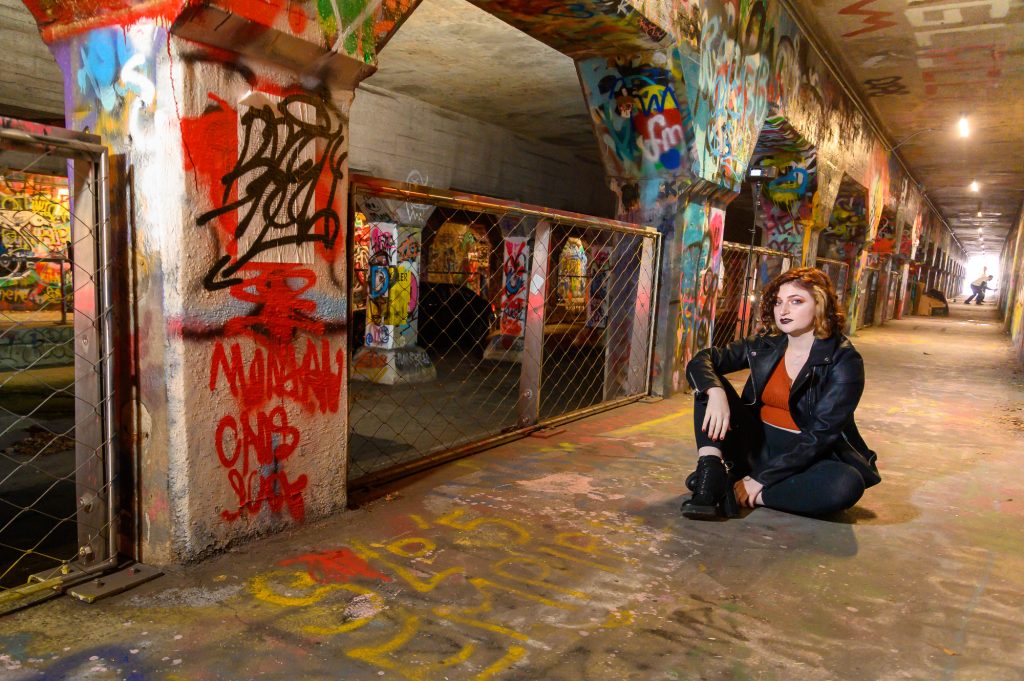While driving from Bobo to Banfora, David and Tami Wood experienced a broken belt on their engine. Fortunately, David was able to repair it on the roadside. Having lived in Burkina Faso for many years, David was well-prepared for potential breakdowns and had a spare belt for such situations.
The new summer movie in theaters is Disney/Pixar’s Inside Out 2, which introduces the character Anxiety, a figure many viewers can relate to deeply. While all the emotions play a crucial role in Riley’s mind, Anxiety is the newcomer, constantly battling with Joy over what they believe is best for Riley. Despite their good intentions, this internal conflict leads Anxiety to grow increasingly irrational throughout the movie.
Anxiety becomes panicked after accidentally creating Riley’s destructive belief that “I’m not good enough.” An anxiety attack is vividly depicted in the movie, showing a racing heart, quickened breathing, and an overwhelming sense of panic. Many with anxiety disorders have similar reactions to those Riley experiences.
The portrayal of an anxiety attack in Inside Out 2 is profound, capturing the intense emotional and physical turmoil accurately. The film uses Riley’s crisis to advance the storyline and help viewers feel the emotions tied to such an experience. Multiple psychology consultants aided Pixar in understanding adolescent psychology, enhancing the power and accuracy of the storyline.

Managing Anxiety: My Journey
As someone on the autism spectrum, I’ve experienced heightened levels of Anxiety for several reasons:
- Sensory Sensitivities: Everyday environments can become overwhelming due to heightened sensitivity to light, sound, and touch.
- Difficulty with Social Interactions: Understanding social cues and nonverbal communication can be challenging, leading to social Anxiety.
- Need for Predictability: Disruptions in routine can cause significant stress.
- Communication Barriers: Expressing thoughts and feelings verbally can be complex, leading to frustration and Anxiety.
- Executive Functioning Challenges: Planning and organizing tasks can feel overwhelming.
- Sensory Overload: Overly stimulating environments can trigger Anxiety.
- Social and Peer Pressure: Conforming to social norms can create additional stress.
These factors can contribute to a higher prevalence of anxiety disorders among individuals on the autism spectrum. Understanding and addressing these specific challenges helps in managing Anxiety more effectively.
Dealing with Anxiety Before, During, and After an Attack
Before an Anxiety Attack
- Practice Deep Breathing: It can slow your heart rate and promote relaxation.
- Grounding Techniques: Use your senses to ground yourself by identifying things you can see, touch, hear, smell, and taste.
- Mindfulness Meditation: Apps like Headspace or Calm can guide you through meditation sessions.
- Create a Comforting Routine: Include calming activities like reading or listening to soothing music.
- Prepare a Safety Kit: Have items that comfort you, like a favorite book or stress ball.
During an Anxiety Attack
- Focus on Your Breath: Return to deep breathing techniques.
- Progressive Muscle Relaxation: Tense and relax each muscle group in your body.
- Visualization: Picture a peaceful place in your mind.
- Use Positive Affirmations: Repeat reassuring phrases to yourself.
- Remove Yourself from the Situation: Find a quiet place to sit and breathe calmly.
- Cool Down: Splash your face with cold water or hold a cold object.
- Engage in a Distraction: Shift your focus to an activity you enjoy.
After an Anxiety Attack
- Reflect and Journal: Write down what triggered the attack and what helped calm you.
- Seek Support: Talk to a trusted friend, family member, or therapist.
- Take Care of Your Body: Ensure you get enough sleep, eat well, and exercise regularly.
- Practice Self-Compassion: Be kind to yourself and acknowledge that it’s okay to have difficult moments.
Embracing the Mantra “Life Happens”
As one with autism, anxiety attacks have been a part of my entire life. “Life Happens” has become my mantra, expressing that unexpected and uncontrollable events are a natural part of life. Embracing this concept can be particularly relevant when dealing with Anxiety.
By adopting the mindset that “Life Happens,” you can cultivate greater acceptance, flexibility, and resilience—key components in managing and reducing Anxiety.
The Serenity Prayer: A Tool for Calm
The Serenity Prayer has been a powerful tool for managing my Anxiety. Its focus on acceptance, courage, and wisdom provides a framework for coping with stressful situations.
“God, grant me the serenity to accept the things I cannot change, courage to change the things I can, and wisdom to know the difference.”
- Serenity to Accept the Things I Cannot Change: Encourages acceptance of uncontrollable circumstances, reducing feelings of helplessness.
- Courage to Change the Things I Can: Empowers you to take action where possible, alleviating Anxiety by focusing on what you can influence.
- Wisdom to Know the Difference: Helps prioritize efforts and reduce wasted energy on futile concerns.
Incorporating the Serenity Prayer into daily routines can promote acceptance, encourage proactive change, and foster wisdom in decision-making, providing a calming influence in the face of Anxiety.
I hope this blog post provides insights and practical steps for managing Anxiety, drawing from personal experiences and the inspiring portrayal in Inside Out 2. If you find yourself struggling with Anxiety, remember that help and support are available.





